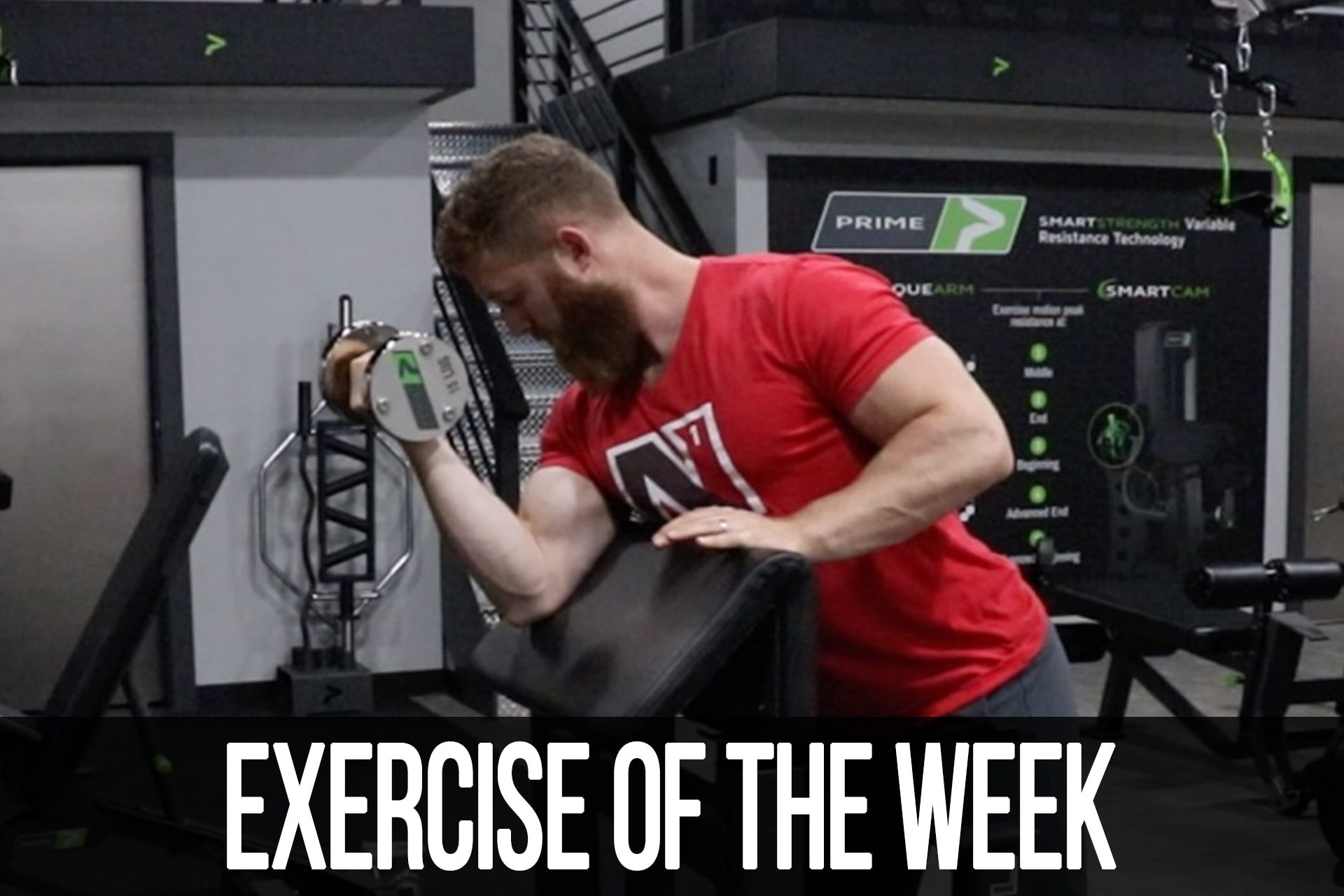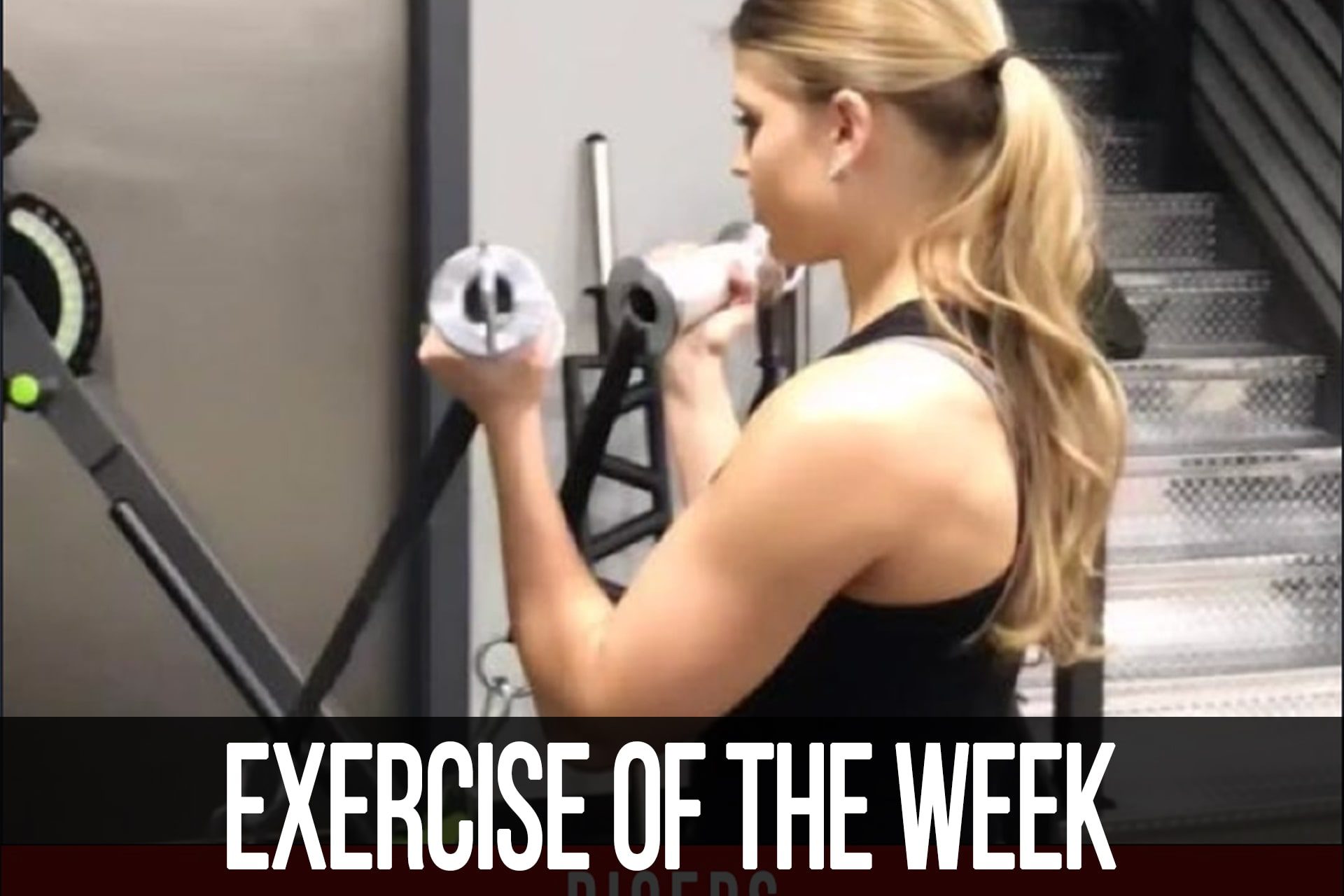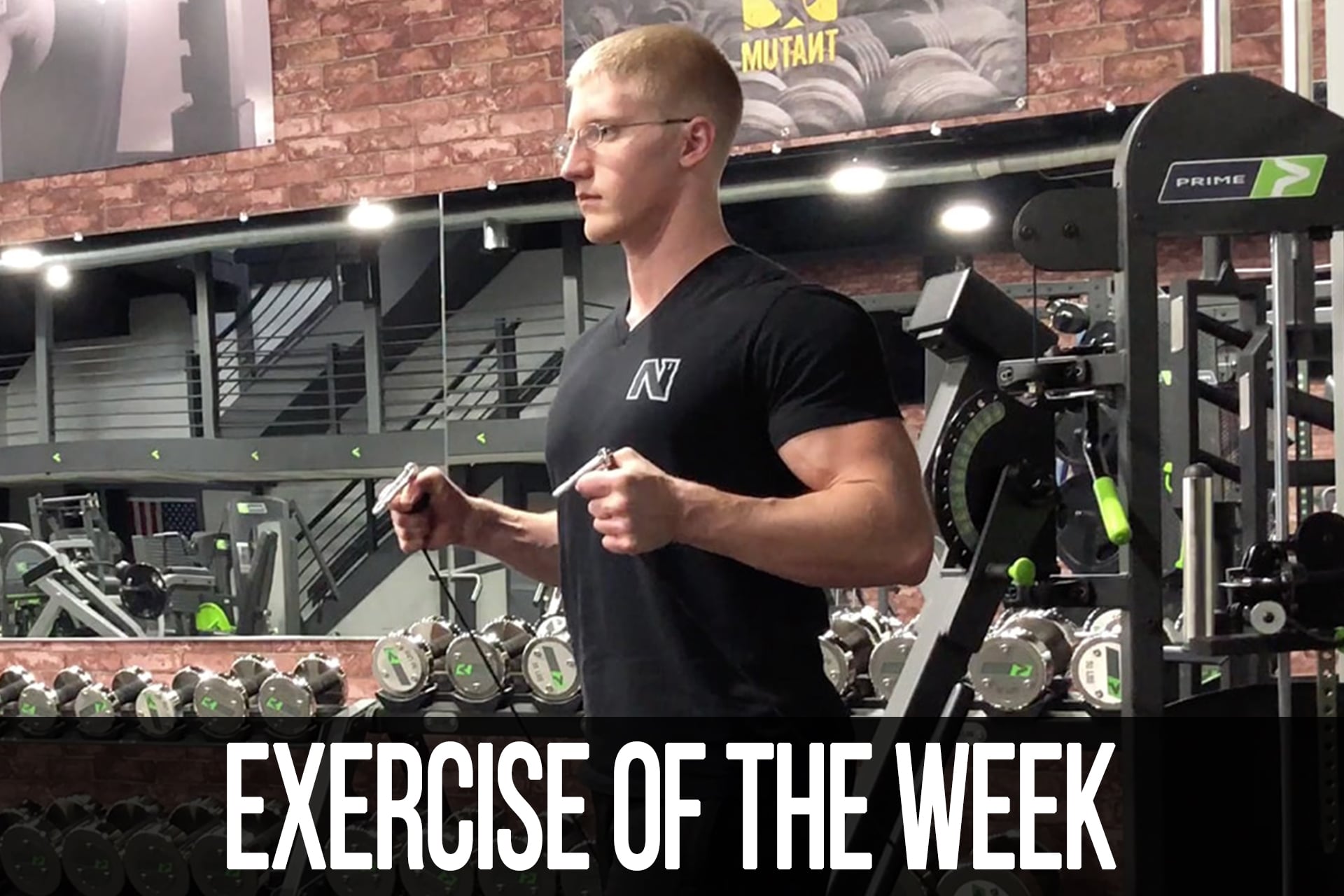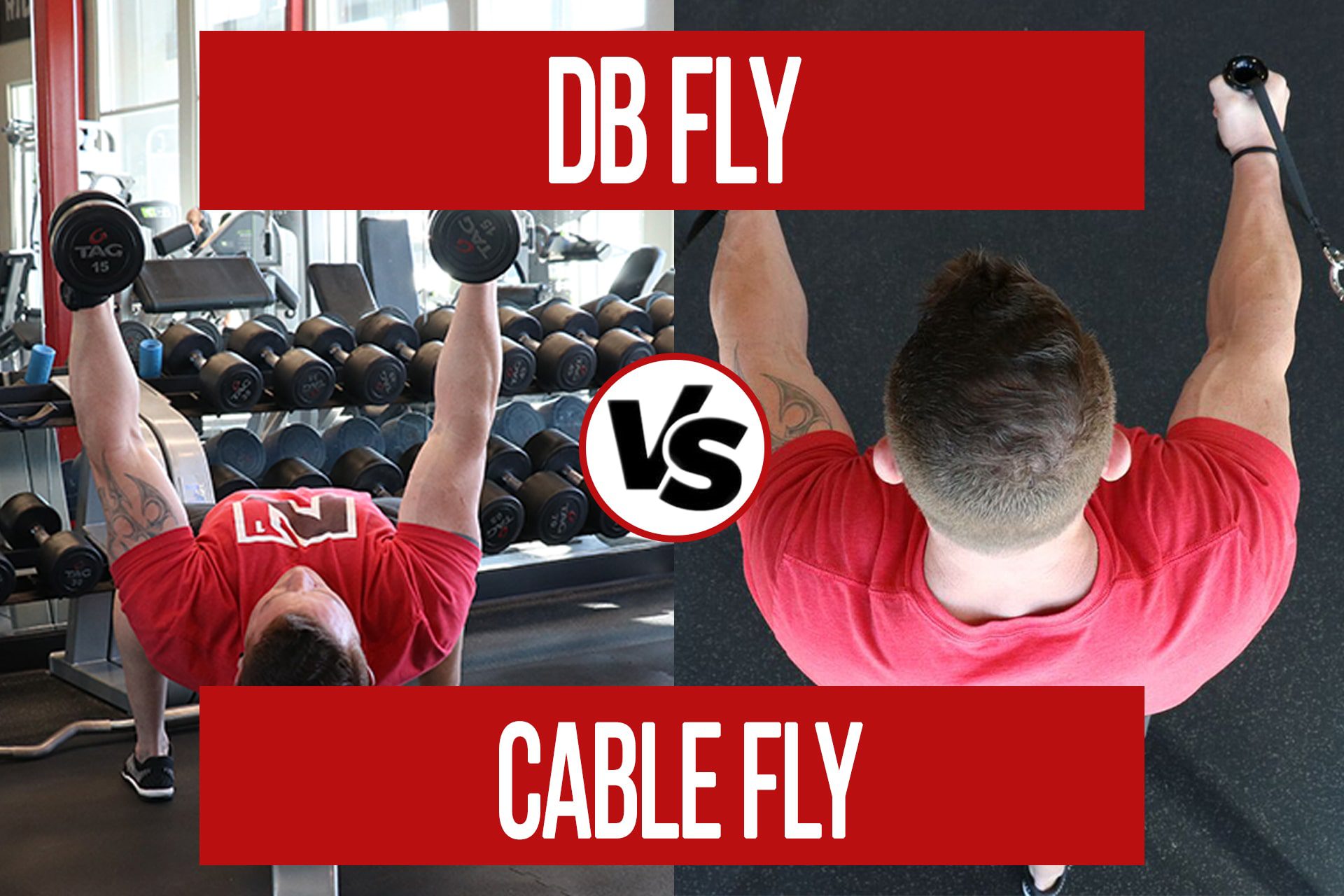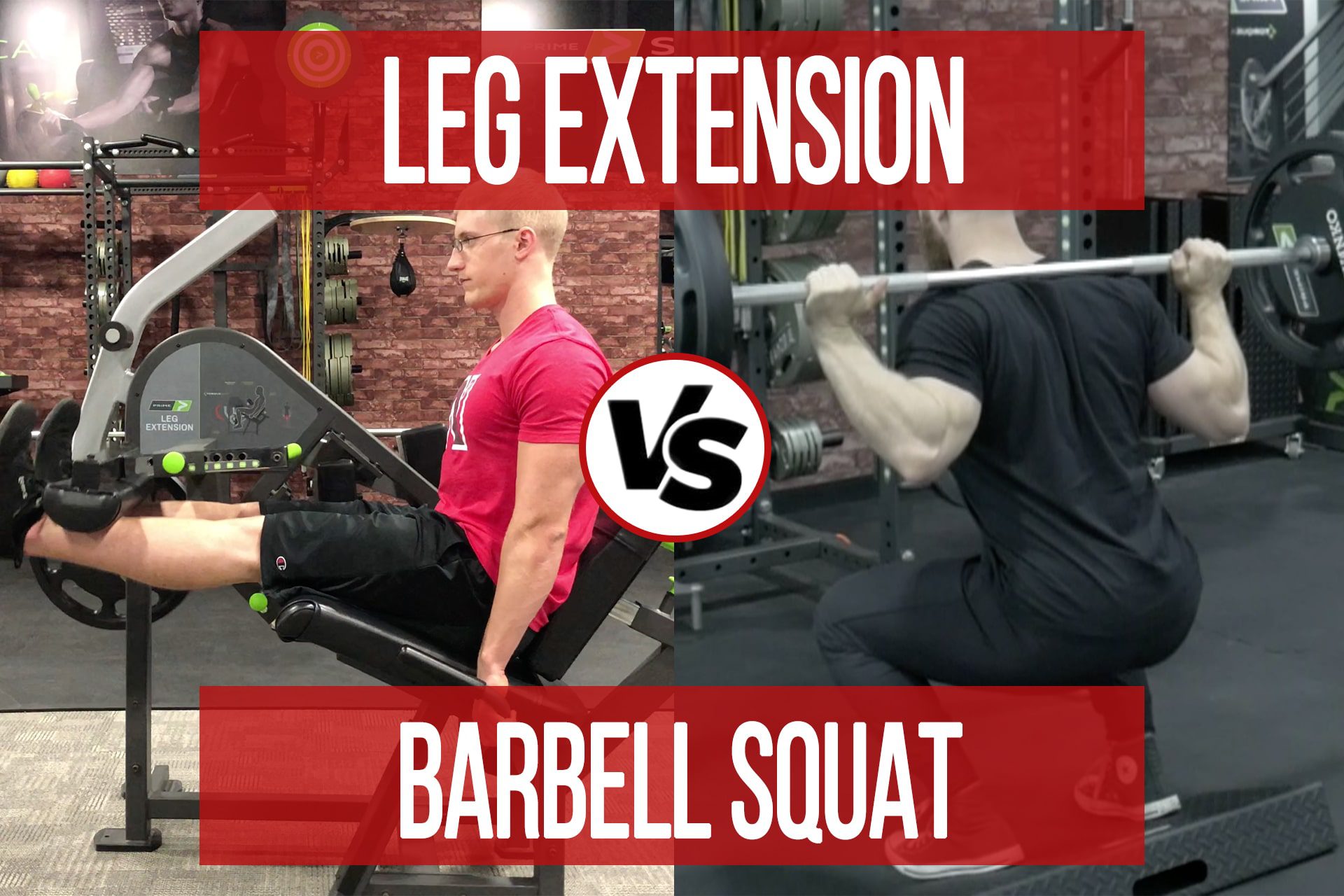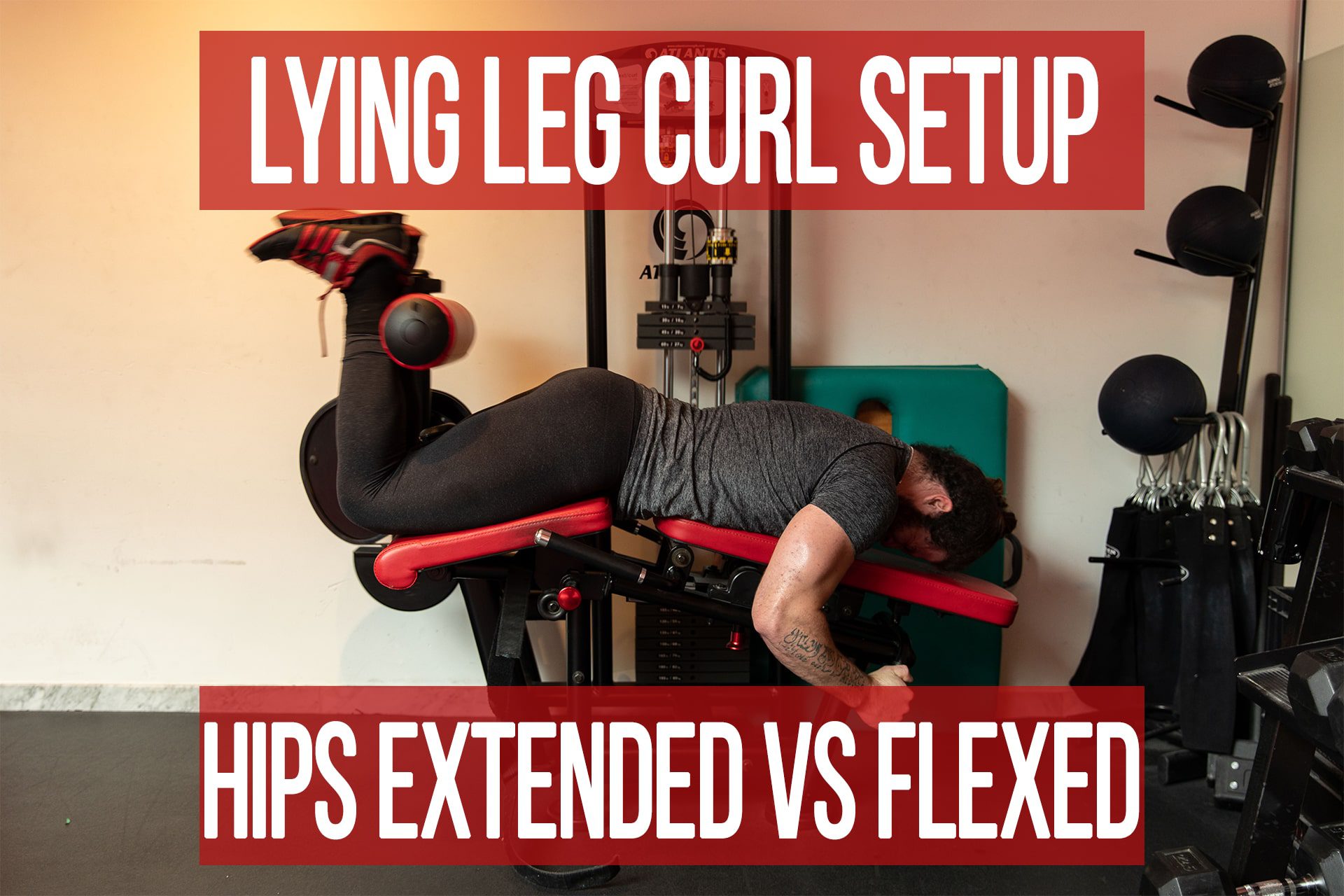Hammer Curl VS Supinating Curl
n1 training
When programming the Hammer Curl or the Supinating Curl in your programs there are a few things you need to consider.
Stability:
The primary muscle working in the Hammer Curl is the Brachialis and the primary muscle working in the Supinating Curl is the Biceps Brachii. The Brachialis does not cross the shoulder joint while the Biceps Brachii does. This allows for the Brachialis to be independent of the shoulder or torso position. Contrary to the Brachialis the Biceps Brachii does cross the shoulder joint allowing for the shoulder position and torso position to have an effect on the length of the Biceps Brachii being trained. This becomes important when pairing supersets, as we will see later.
Tempo:
When programming the Hammer Curl or Supinating Curl the tempo can play a large factor in the muscle being used during the movement. When the elbow is straight the Brachialis will be the primary muscle initiating the movement.
When programming Supinating Curls we advocate a “controlled” tempo. We start the movement under control during the initiation of the exercise; not allowing for the Brachialis to generate a high amount of momentum at the beginning of the movement. Mid-way through the concentric we want to begin to supinate the forearm/palm so the Biceps Brachii become the primary muscle moving the load. If there is a large amount of momentum generated at the bottom of the curl with the Brachialis, the workload imposed on the Biceps Brachii during supinating will be far less (easy) because the load is moving faster through space from the momentum created by the Brachialis.
Exercise pairing/Supersets: Same muscle
When pairing up the same muscle group in a superset, the Brachialis does very well in either a pre or post-exhaust superset. Here at N1, we find the Brachialis does particularly well in a post-exhaust superset; due to the the Brachialis having a “little bit more to give” when in that neutral grip position. For example:
A1) Biceps High Cable Curl
A2) Brachialis Neutral Grip DB Curl
The Supinating Curl does very well in a pre or post-exhaust superset when paired with another elbow flexion exercises. This is due to the Biceps Brachii being slightly weaker in supination than elbow flexion. Pairing the Supinating Curl with other Biceps Brachii exercises such as:
A1) Supinating DB Curl (supination)
A2) Bicep Facing Away Low cable Curl (elbow flexion)
Pairing the Supinating Curl with Brachialis exercises works very well too:
A1) Low Cable Facing Away Neutral Grip Curl (Brachialis- elbow flexion)
A2) Supinating DB Curl (Biceps Brachii- supination )
Exercise pairing/Supersets: Different muscle groups
When pairing the Supinating Curl with other exercises we need to pay attention to the shoulder joint as the Biceps Brachii is affected by the shoulder and torso position. The Supinating Curl will work the Biceps Brachii, which crosses the shoulder joint; so attention must be given to other exercises needing shoulder stability such as Pulldowns and Triceps Pressdowns. This does not mean you cannot pair Supinating Curls with Pulldowns or Pressdowns; we just need to be aware that elbow flexion will be slightly fatigued going into or coming from the Supinating Curl. This should not become a limiting factor to your Pulldowns or Pressdowns; if it does an adjustment will need to be made.
It should be noted that the Supinating DB Curl will focus on supination rather than elbow flexion. This will allow it to be a great exercise when we want to pair more Bicep work with our Back work. This is due to the Biceps Brachii being weaker when doing supination rather than elbow flexion. So rows and pulldowns will fatigue elbow flexion while we can target the supination function of the Biceps with the Supinating DB Curl:
A1) Neutral Grip Lat Pulldown
A2) Biceps Supinating DB Curl
The Hammer Curl and Supinating DB Curl are two great exercises, when programmed properly, can add limitless possibilities to your programming tool box.
When programming the Neutral Grip (Hammer) Curl or the Supinating Curl in your programs there are a few things you need to consider.
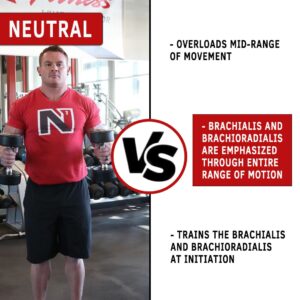
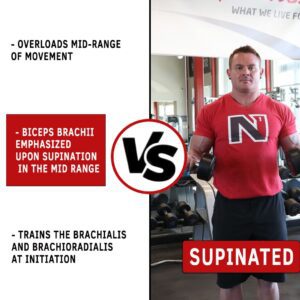
Stability
The primary muscle working in the Hammer Curl is the Brachialis and the primary muscle working in the Supinating Curl is the Biceps Brachii.
The Brachialis does not cross the shoulder joint while the Biceps Brachii does. This allows for the Brachialis to be independent of the shoulder or torso position. Contrary to the Brachialis the Biceps Brachii does cross the shoulder joint allowing for the shoulder position and torso position to have an effect on the length of the Biceps Brachii being trained. This becomes important when pairing supersets, as we will see later.
Tempo
When programming the Hammer Curl or Supinating Curl, the tempo can play a large factor in the muscle being used during the movement. When the elbow is straight the Brachialis will be the primary muscle initiating the movement.
When programming Supinating Curls we advocate a “controlled” tempo. We start the movement under control during the initiation of the exercise; not allowing for the Brachialis to generate a high amount of momentum at the beginning of the movement.
Mid-way through the concentric we want to begin to supinate the forearm/palm so the Biceps Brachii become the primary muscle moving the load. If there is a large amount of momentum generated at the bottom of the curl with the Brachialis, the workload imposed on the Biceps Brachii during supination will be far less (easier) because the load is moving faster through space from the momentum created by the Brachialis.
Exercise Pairing/Supersets: Same Muscle
When pairing up the same muscle group in a superset, the Brachialis does very well in either a pre or post-exhaust superset. Here at N1, we find the Brachialis does particularly well in a post-exhaust superset; due to the the Brachialis having a “little bit more to give” when in that neutral grip position. For example:
A1) Biceps High Cable Curl
A2) Brachialis Neutral Grip DB Curl
The Supinating Curl does very well in a pre or post-exhaust superset when paired with another elbow flexion exercise. This is due to the Biceps Brachii being slightly weaker in supination than elbow flexion. Pairing the Supinating Curl with other Biceps Brachii exercises such as:
A1) Supinating DB Curl (supination)
A2) Bicep Facing Away Low cable Curl (elbow flexion)
Pairing the Supinating Curl with Brachialis exercises works very well too:
A1) Low Cable Facing Away Neutral Grip Curl (Brachialis- elbow flexion)
A2) Supinating DB Curl (Biceps Brachii- supination )
Exercise Pairing/Supersets: Different Muscle Groups
When pairing the Supinating Curl with other exercises we need to pay attention to the shoulder joint as the Biceps Brachii is affected by the shoulder position. The Supinating Curl will work the Biceps Brachii, which crosses the shoulder joint; so attention must be given to other exercises needing shoulder stability such as Flys, Pulldowns and Triceps Pressdowns.
This does not mean you cannot pair Supinating Curls with those exercises; we just need to be aware that elbow flexion will be slightly fatigued going into or coming from the Supinating Curl. This should not become a limiting factor to your Pulldowns or Pressdowns; if it does an adjustment will need to be made.
It should be noted that the Supinating DB Curl will focus on supination rather than elbow flexion. This will allow it to be a great exercise when we want to pair more Bicep work with our Back work. This is due to the Biceps Brachii being weaker when doing supination rather than elbow flexion. So rows and pulldowns will fatigue elbow flexion while we can target the supination function of the Biceps with the Supinating DB Curl:
A1) Neutral Grip Lat Pulldown
A2) Biceps Supinating DB Curl
The Hammer Curl and Supinating DB Curl are two great exercises, when programmed properly, can add limitless possibilities to your programming tool box.
Lying Leg Curl: Hips Flexed vs Extended
videoAnatomy & Biomechanics Biomechanics Execution and Technique FREE Training
Popular Pages
Learn & Train With Us
Add N1 Training to your Homescreen!

Please log in to access the menu.
